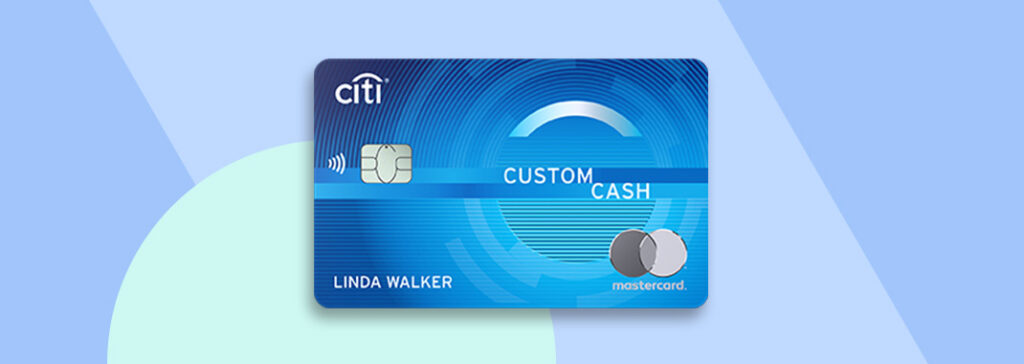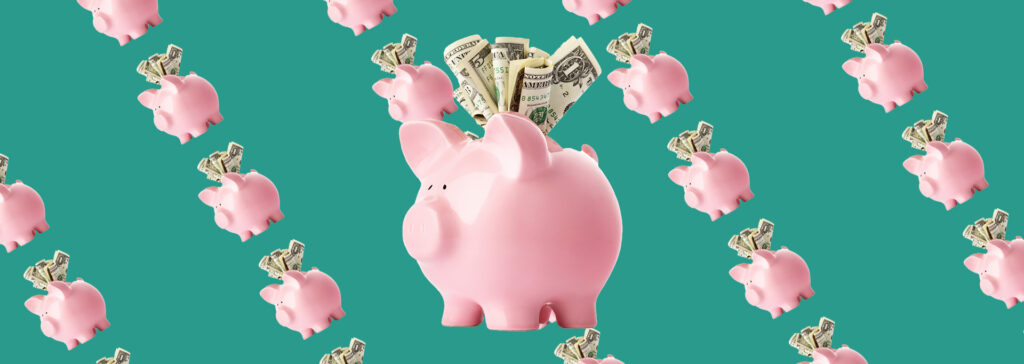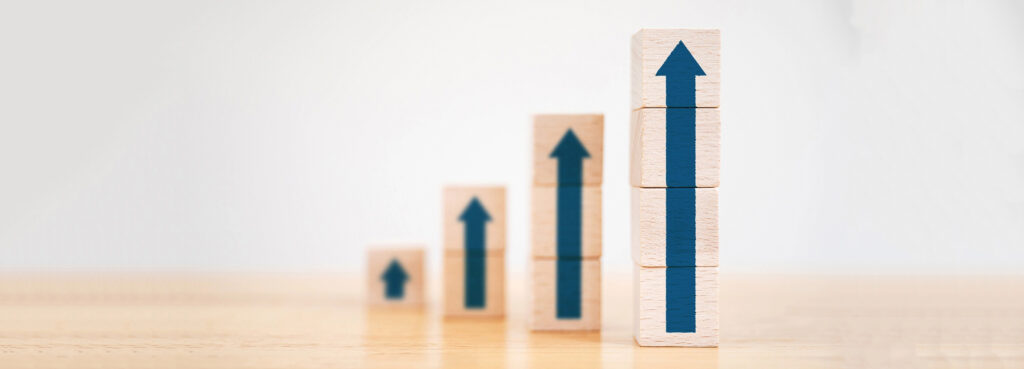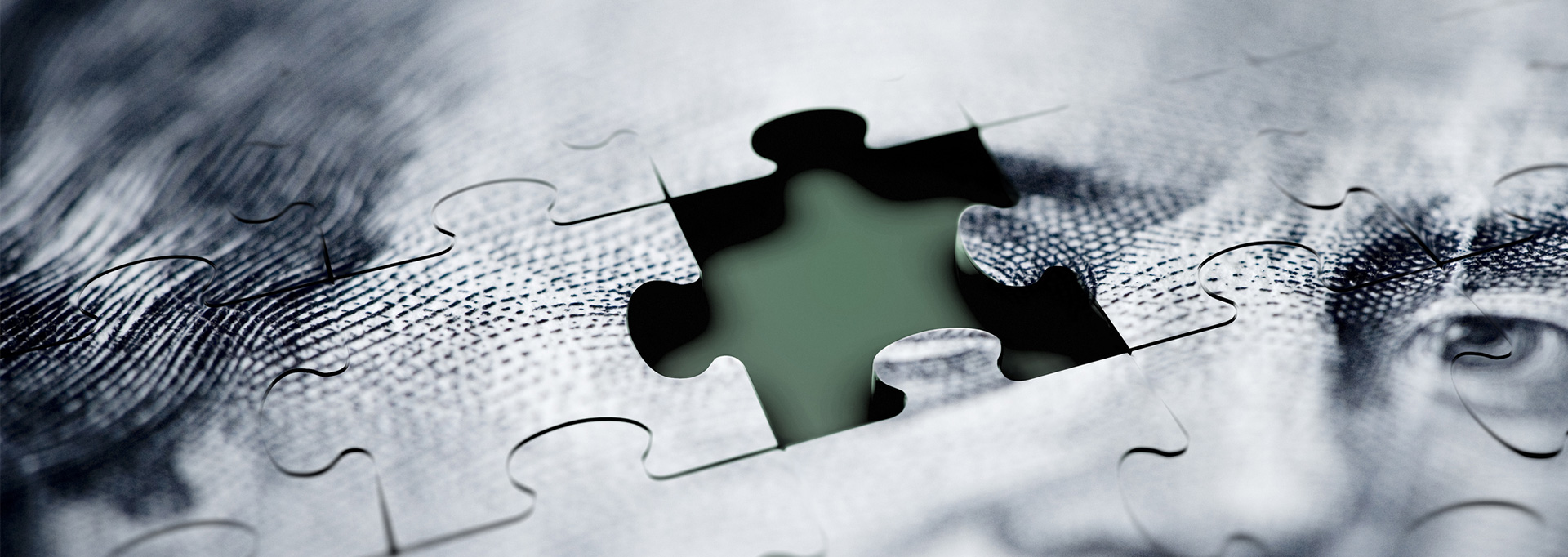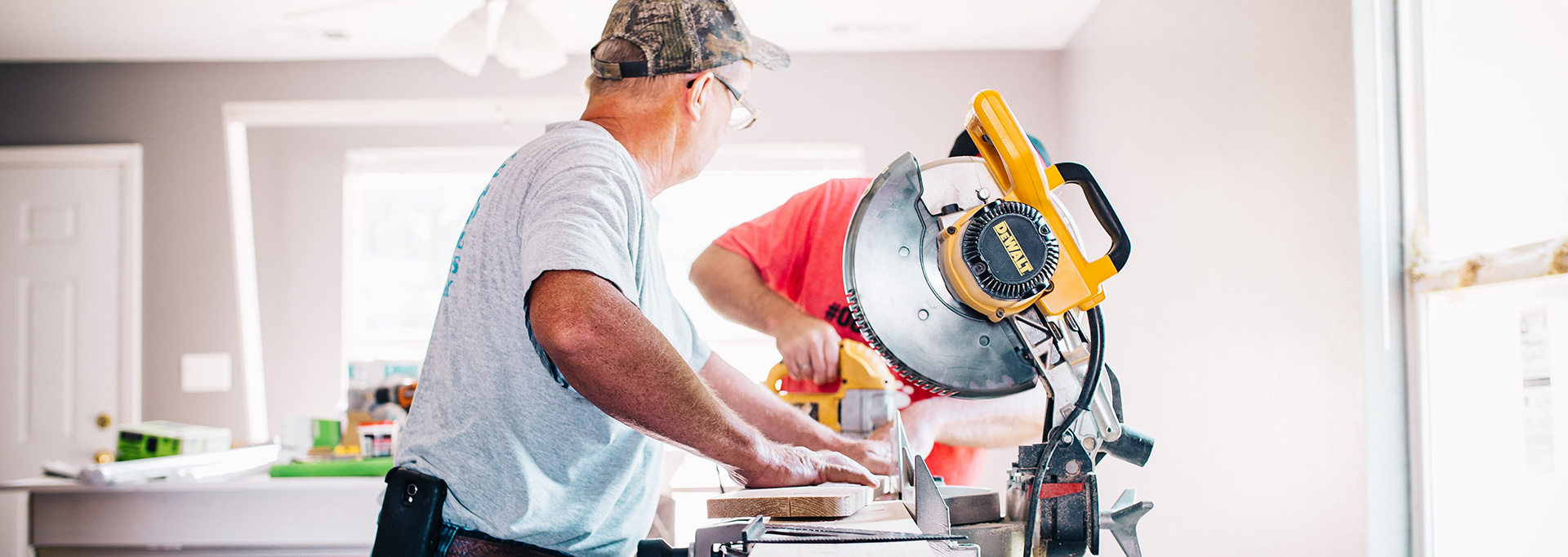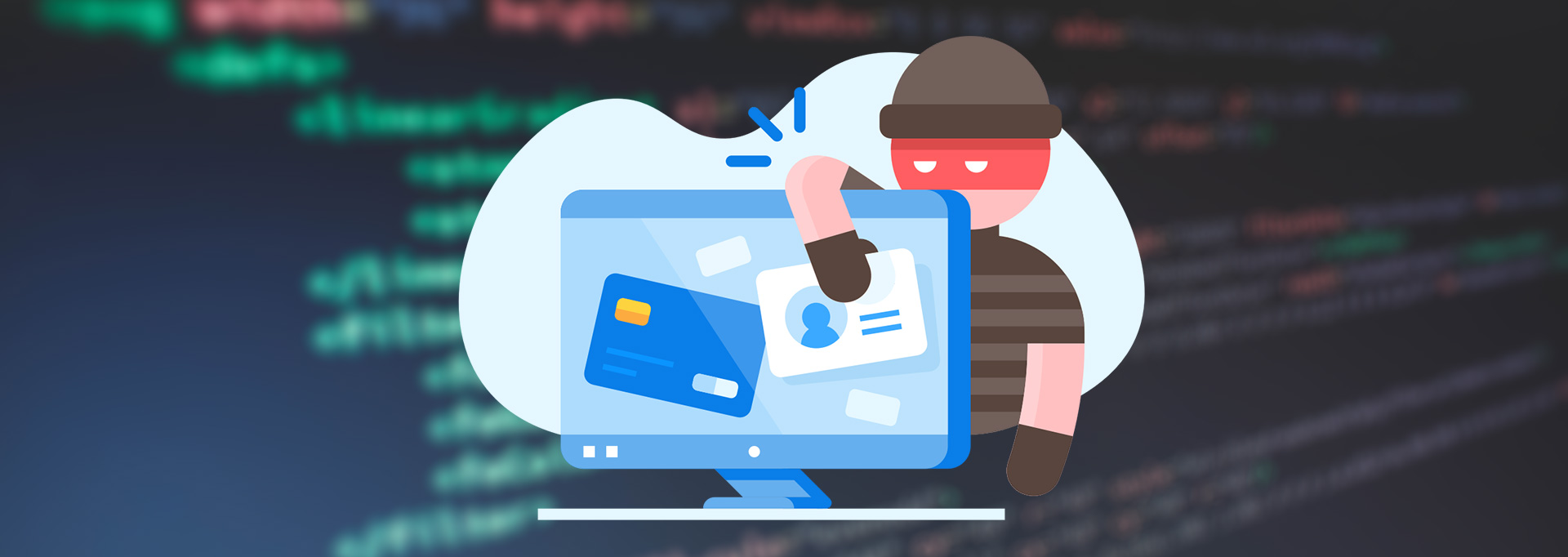Most products on this page are from partners who may compensate us. This may influence which products we write about and where and how they appear on the page. However, opinions expressed here are the author's alone, not those of any bank, credit card issuer, airline or hotel chain.
Personal loans have grown in popularity over the years as more and more consumers tap into them to finance major life purchases or simply to consolidate existing debt. But a personal loan isn't the only way to access finance. A line of credit account also offers borrowing options for consumers looking for cash to finance various expenses. We break down what a personal loan is compared to a line of credit and how to choose the right option for your financial situation.
What is a personal loan?
A personal loan is a fixed, lump-sum loan that borrowers can use to cover personal expenses, including major life events or unexpected costs. These can range from emergency costs such as medical bills to financing renovations on a property. The funds are paid out as a lump sum, and the borrower repays in installments, usually at a fixed interest rate and in fixed monthly payments. You can obtain personal loans through banks, credit unions and other lenders online or in person.
Personal loans – both secured and unsecured – are popular among borrowers who want some predictability and stability in their repayments because lenders typically offer them at a fixed rate.
What can personal loans be used for?

A personal loan can give you quick access to cash, especially in a financial emergency or when you need to make a significant purchase. A few examples of uses for personal loans can include:
- Educational costs: While education costs can be covered through student loans, they often do not cover all the expenses. For those who have additional school-related costs, some lenders provide personal loans for educational expenses such as a laptop or research materials. You can also use personal loans for nontraditional education options, like coding bootcamps.
- Funeral costs: Burial costs can be pricey, and some family members may be willing to spend a little more for the service. A personal loan can be used for expenses that go toward providing a proper farewell to a loved one.
- Home improvement costs: Whether you are remodeling your kitchen, bathroom, backyard or adding a room, a personal loan for home improvements can provide a source of financing if you don't have the savings needed to cover the expense. Making home improvement updates can add value to the home and potentially increase its ability to sell.
- Large personal expenses: Some events can stretch personal savings, and when it's time to dip into credit, a personal loan can be a cost-effective option. Think of events such as weddings, milestone birthdays, holiday spending and vacations.
- Debt consolidation: There are some instances where debt consolidation makes sense. For instance, if you have high-interest loans with a significant repayment term and the opportunity to pay a much lower interest rate, you can use a personal loan for debt consolidation.
- Medical costs: The cost of medical care can be expensive, even if you have insurance coverage. Whether you are opting for elective cosmetic surgery or need to pay for a necessary procedure, medical loans can be a source of financing to help you afford the treatments you need.
A personal loan can be used for nearly any purpose, and can be a reliable source of funding as long as you are able to afford the payments.
 Related Article
Related Article
14 Ways You Can Use a Personal Loan
Secured vs. Unsecured Personal Loans
Personal loans fall into two categories, secured and unsecured.
- Secured: A secured personal loan is when a lender requires collateral. This usually happens when the borrower needs a significant loan amount or has poor credit. Since there is a collateral attached to the loan, secured personal loans may carry lower rates than unsecured loans.
- Unsecured: Unsecured personal loans are offered without collateral behind the loan. These are typically for borrowers with good credit. However, they are often more expensive in terms of interest rates and costs, as the lender carries the risk. Factors such as your profile with the lender and credit score might affect your loan amount and rate.
What is a personal line of credit?
A line of credit is a revolving loan that gives you access to funds as you need them. It works like a credit card in that a borrower is approved for a set amount, but you only use what you need. When you have an open line of credit, the funds are available to you again when you pay off the balance.
Banks and credit unions provide these loans, offering secured and unsecured options. The credit limit is preset, and you can use it throughout the draw period, which can go up to 15 years. Depending on your loan terms, you may be required to make minimum payments during the draw period, or pay off a lump-sum balloon payment when the repayment period kicks in.
How a Line of Credit Can Be Used

A personal line of credit comes in handy when you need continuous access to funds but aren't sure what the final amount will be. A line of credit can be helpful in a number of situations, such as:
- Ongoing renovations: A line of credit can make sense for those with consistent renovation costs but aren't sure about the budget. While you have access to a set amount of funds, you only pay for the amount you use so you don't have to overborrow a loan.
- Ongoing medical expenses: Some medical costs are hard to predict, and applying for a lump sum might not work out. For those who need access to cash to fund ongoing medical care and treaments, a line of credit may be an option.
- Large cash deposits: While credit cards are usually people's first option to pay for things, some vendors may not accept large deposits via credit cards and may require an electronic payment instead. Think large deposits for weddings or special events. A line of credit can be tapped for such expenses.
- Living expenses: People with equity in their homes may be able to tap into a line of credit to help with everyday living expenses. This funding option can be helpful for those in between jobs or waiting for their retirement benefits to kick in.
 Related Article
Related Article
How Your Credit Score Could Rise or Fall from a Personal Loan
Does opening a line of credit hurt your credit score?
Opening any line of credit has the potential to hurt your credit score. There are several ways this could happen:
- The lender does a hard inquiry during the application, temporarily reducing your score.
- If you use a large portion of the limit, you might increase your debt-to-income ratio and lower your score.
- If you happen to miss any payments or pay late, your score may drop.
While the initial dip in the credit score when opening a line of credit is unavoidable, you can do your best to maintain your credit by making your payments on time and keeping your debt usage low.
Comparing Personal Loans vs. Lines of Credit
Both personal loans and lines of credit are financial products available for those looking to finance personal expenses. However, knowing the key differences can help you find the right type of loan to meet your needs.
| Personal Loan | Line of Credit |
|---|---|
|
|
|
|
|
|
|
|
Access to Funds
- Personal loan: The funds are paid out to borrowers as an upfront lump sum. If the borrower wishes to access the additional loan funds, they must apply for a personal loan refinance or a new loan entirely.
- Line of credit: Borrowers can draw as many or as little of the funds during the loan term. Also, they don't need to access the full credit line, and only repay what is drawn.
Repayment Terms
- Personal loan: A personal loan repayment can be predictable since the term and rate are usually fixed. This way, borrowers pay a steady installment until the debt is fully repaid. The terms can range from six to 72 months, although the norm is between 24 to 60 months.
- Line of credit: During the draw period, which can be as long as 15 years, the borrower may be required to make a minimum monthly payment. On some loans, such as interest-only loans and certain HELOCs, you only repay the interest portion during the draw period.
Loan Amounts
- Personal loan: These loans tend to go up to $100,000. Where the need extends beyond $100,000, borrowers may have to split their finance between different finance products.
- Line of credit: Unsecured lines of credit can go up to $100,000, whereas HELOCs depend on the size of the equity in the property. Some lenders offer up to $500,000 on HELOCs.
Rates and Fees
- Personal loan: A personal loan is considered a lower-fee option than other finance options such as credit cards. However, this will depend on many factors such as one's credit score, loan amount, credit history and current market conditions. Personal loan rates can start from as little as 4% and go up to 36%. Those who offer collateral may also be able to negotiate a lower interest rate. Once the interest rate is decided, it's typically fixed until the end of the loan term. Some fees, including origination and processing fees, may also apply.
- Line of credit: A line of credit can offer low rates, especially secured options. Rates are usually variable so they may fluctuate during the term. It's worth noting that there may be fees involved, such as an annual fee or a fee each time the credit line is accessed. However, you're only paying interest on the amount you use.
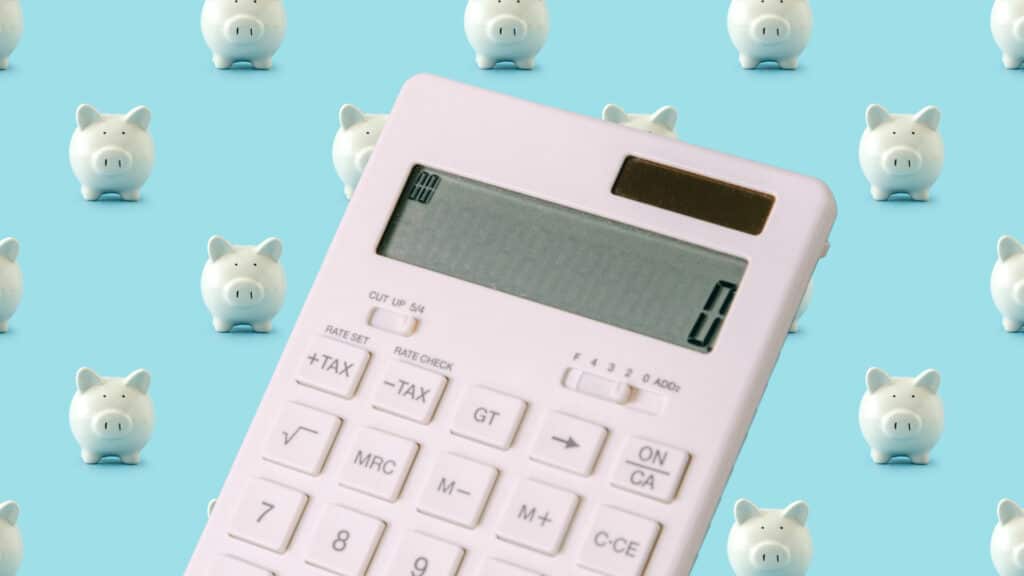
A Complete Guide to Personal Loan Fees
Choosing a Personal Loan vs. Line of Credit

When a Personal Loan Makes Sense
Personal loans can be advantageous when you're looking to access funds for a single, defined expense such as a financial emergency or major purchase. It may also be an option for those who want the stability of fixed rate payments and the ability to pay off the borrowed amount within a specific timeframe.
When a Line of Credit Makes Sense
A line of credit is more suitable for those who may not know the exact amount needed for a specific project or for people who need the funds for a longer period. Lines of credit also offer a degree of flexibility in the repayment. This may work well for medium or long-term projects that need multiple cash injections.
Know Your Lending Options
Before deciding whether a personal loan or personal line of credit is the right fit for you, it's critical to assess your financial needs. Speak to your lender to find out what your best options are and compare these options to what other lenders offer.
FAQs
-
Each individual’s situation will be different, making it hard to say which is better. That said, a personal loan might make more sense for those who want a lump sum payment upfront and prefer predictable repayments. A line of credit may work better for those who need to tap into credit as needed for ongoing expenses.
-
Personal loans are paid as lump sums to your checking or savings account, and cash withdrawals from the loan itself aren’t possible. However, when the funds are deposited into your account, you can make cash withdrawals from there. Borrowers who have repaid the loan and wish to access those funds again will need to reapply for a loan.
-
Credit cards and lines of credit are similar in that they both offer access to a revolving credit. A line of credit tends to have better interest rates in the long term and may even provide higher credit limits. Credit cards, on the other hand, provide access to rewards and special offers.
-
There is no golden number regarding the perfect credit score to apply for a line of credit. However, lenders typically require a good FICO credit score, such as 670 or higher to qualify for a personal line of credit. That said, check with your lender whether they would accept security to drop the credit score requirement if you have decent equity or money for collateral.
